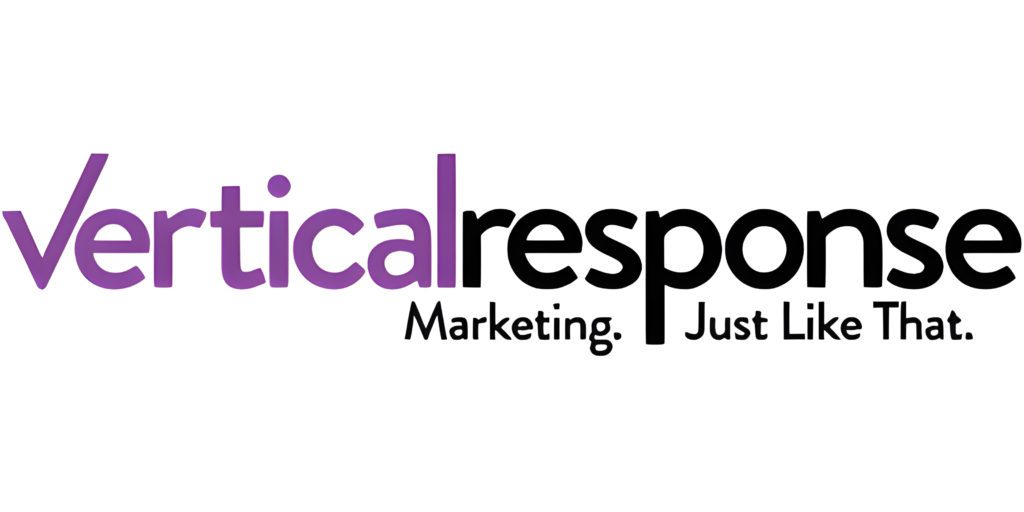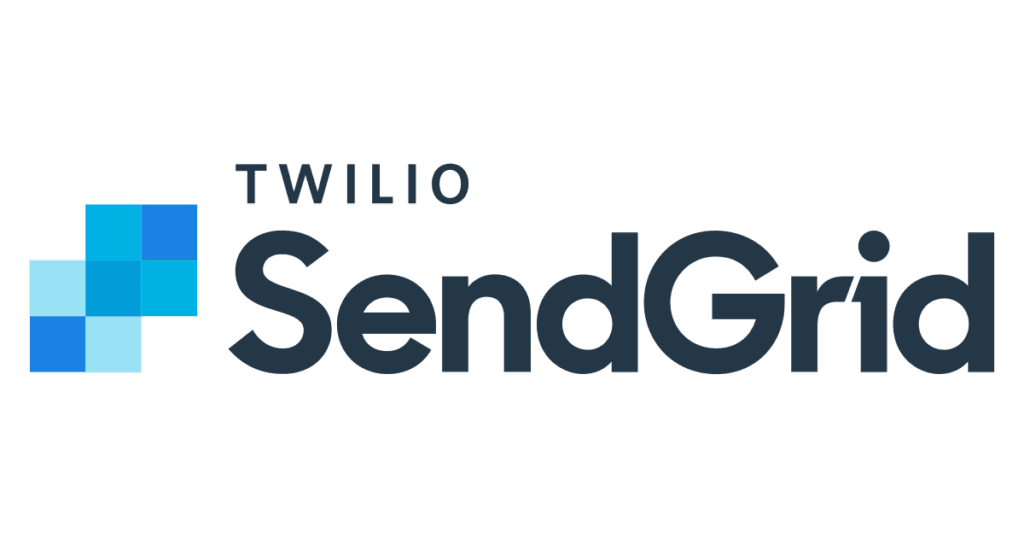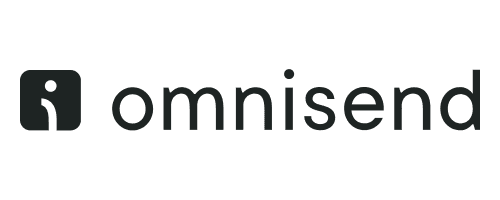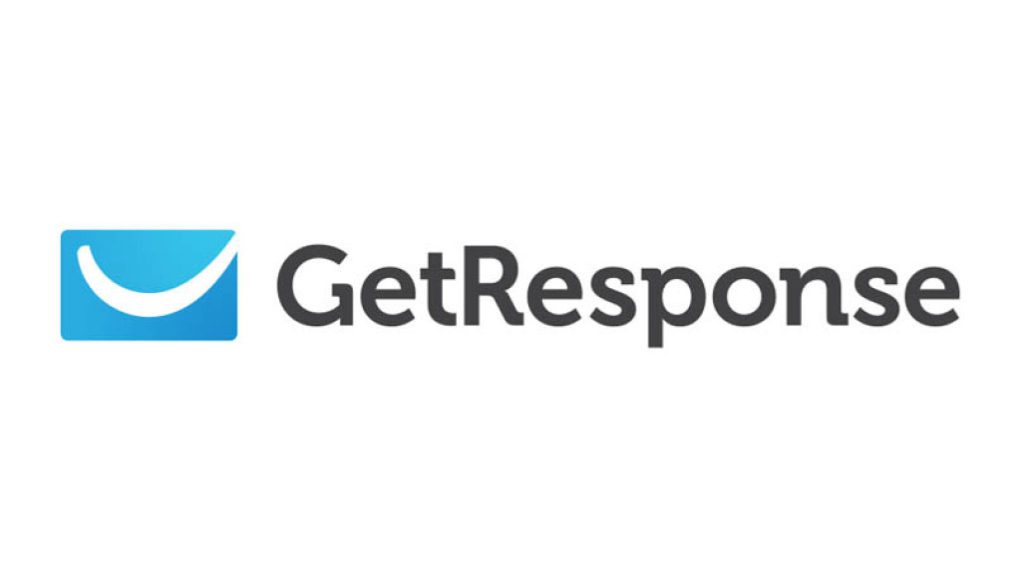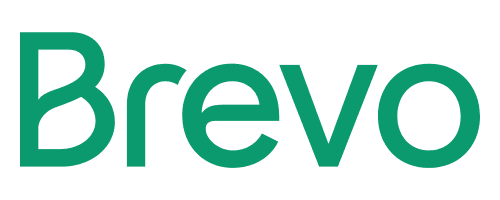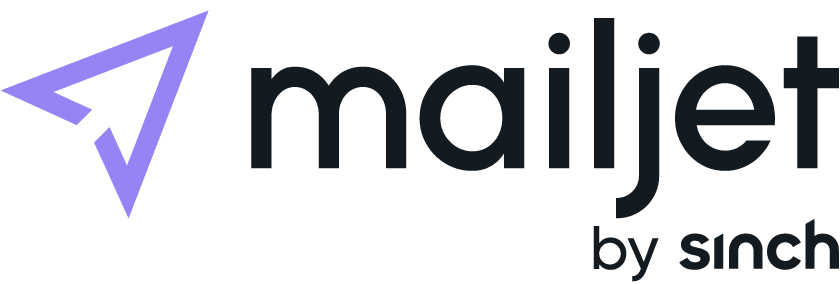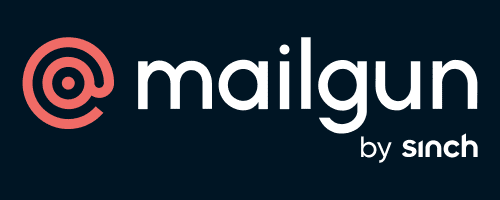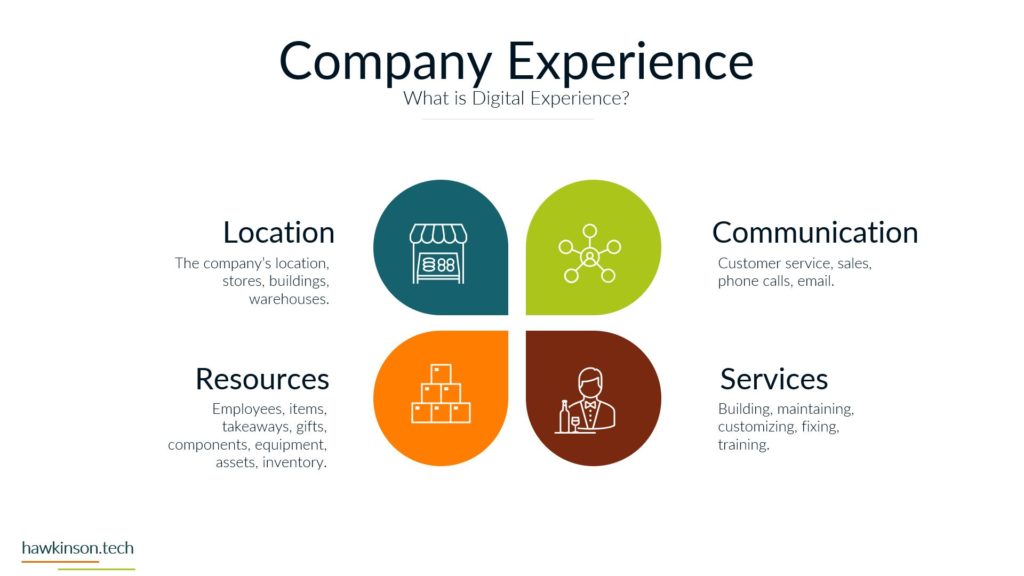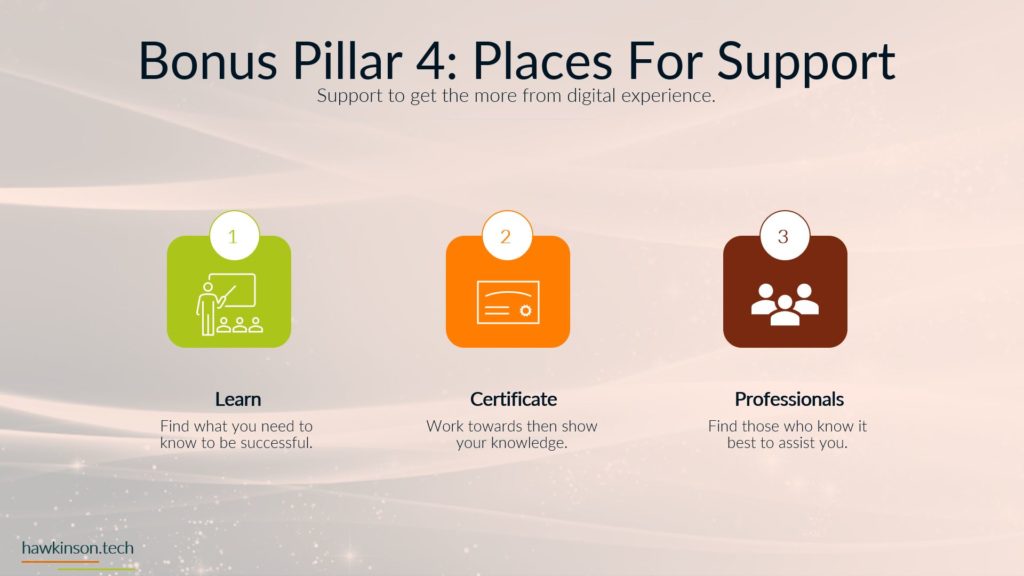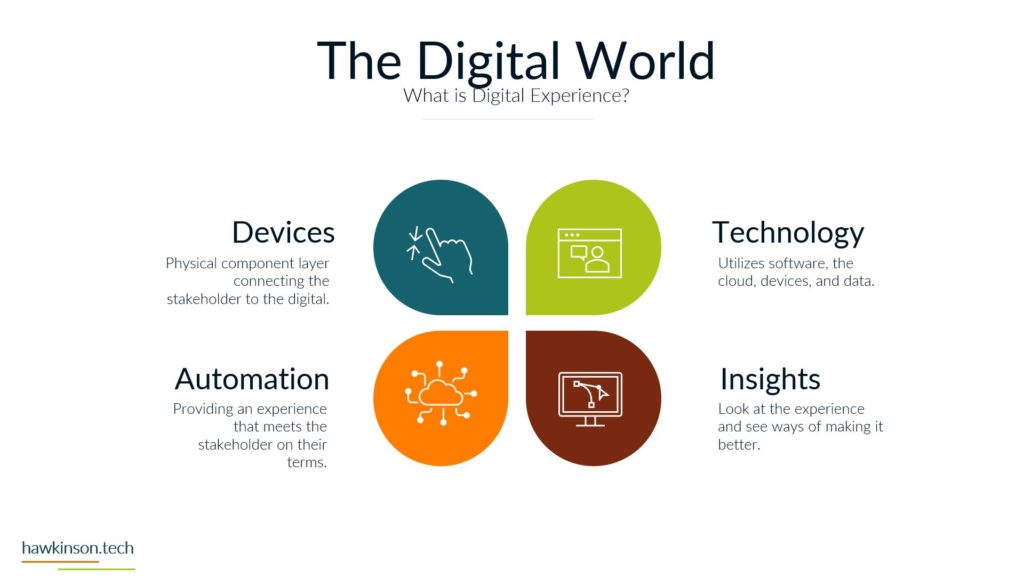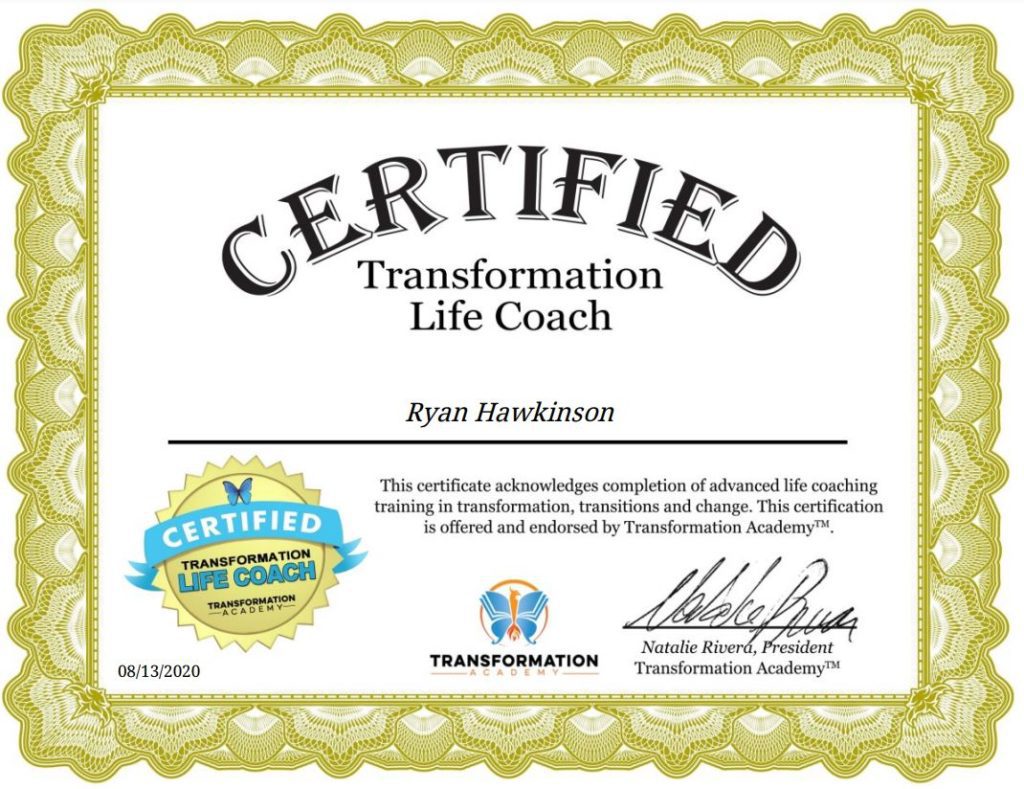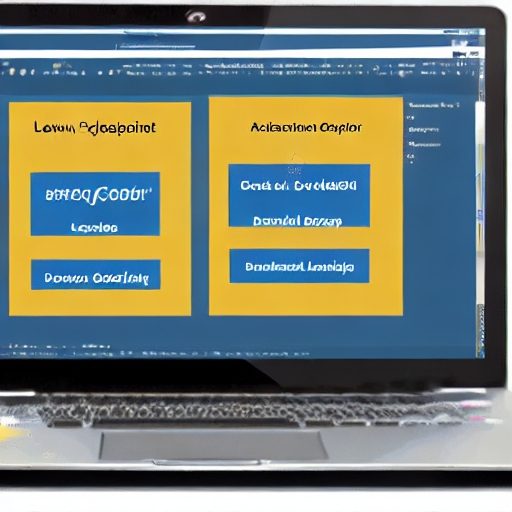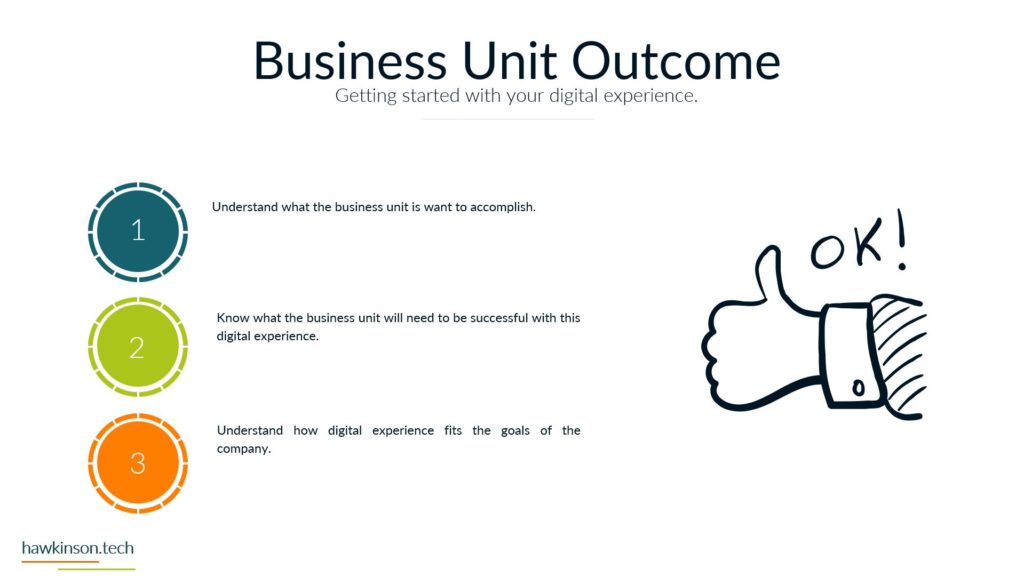Businesses are overwhelmed with vast content, from documents and images to videos and social media posts. Effectively managing this content is crucial for streamlining workflow, improving collaboration, and enhancing customer experiences.
That’s where content management solutions come into play. 38% of companies use at least one content management system, while 48% use two or more. Content management solutions provide organizations with the tools and systems to efficiently create, organize, store, and distribute content. Please read below to learn about content management solutions, including their benefits, key features, and considerations for choosing the right solution for your business.
The Importance of Content Management Solutions
Effective content management is vital for businesses of all sizes and across industries. It enables organizations to centralize their content, making it easily accessible and searchable. Below are some of the key benefits of using content management systems:
Streamlined Content Creation and Publishing
Content management solutions provide a centralized platform streamlining content creation and publishing. With content management solutions, you can easily create, edit, and organize your content in a user-friendly interface.
This eliminates the need for technical expertise and allows content creators to focus on delivering high-quality, engaging content. Additionally, CMSs provide workflow management tools, enabling collaboration among team members, assigning tasks, and tracking progress, resulting in more efficient content production.
Improved Content Organization and Searchability
One of the key benefits of content management solutions is their ability to organize content in a structured manner. With robust categorization, tagging, and metadata features, CMSs simplify classifying and organizing content assets.
This ensures that your content is easily searchable and accessible to both internal users and external audiences. Whether it’s articles, blog posts, images, videos, or documents, content management solutions provide a structured framework for efficient content organization.
Enhanced Content Governance and Compliance
Content management solutions offer robust governance features for businesses operating in regulated industries or with strict compliance requirements. Content management solutions allow companies to set permissions and access levels, ensuring only authorized individuals can create, edit, and publish content.
This helps maintain brand consistency, protects sensitive information, and ensures compliance with industry regulations and data privacy laws.
Easy Content Publishing
Content management solutions enable businesses to publish content seamlessly across various channels and platforms. Whether it’s websites, blogs, social media, or email newsletters, CMSs provide integrations and capabilities to simultaneously distribute content to multiple channels.
This streamlines the content distribution process, saves time, and helps businesses reach their target audience effectively.
Increased Scalability
As your business grows, content management solutions provide the scalability and flexibility to accommodate increasing content volumes and evolving requirements. CMSs can handle large amounts of content and traffic, ensuring a smooth user experience during peak periods. Moreover, content management solutions often offer extensibility through plugins, integrations, and customizable features, allowing businesses to adapt their CMS to their evolving needs and stay ahead of the curve.
Key Features of Content Management Solutions
Content management solutions have various features that enhance content creation, organization, and distribution. Some key features include:
Content Creation and Editing
Content management solutions offer robust text editors and multimedia tools, empowering users to create engaging and visually appealing content. These solutions often support version control, allowing users to track changes and maintain a comprehensive revision history.
Document Management
Content management solutions facilitate efficient document management, providing a centralized repository for storing, organizing, and categorizing files. Advanced search capabilities help locate the required documents, saving time and effort.
Workflow Automation
Many content management solutions offer workflow automation capabilities, allowing businesses to define and automate content approval processes. This ensures that content goes through the necessary review and approval stages before publication, enhancing quality control.
Publishing and Distribution
Content management solutions enable seamless publishing and distribution across multiple channels, such as websites, social media platforms, and email newsletters. These solutions often come with built-in content scheduling and publishing features, allowing businesses to plan and execute their content strategies effectively.
Data Analytics
Content management solutions provide valuable insights into content performance, including metrics like page views, engagement rates, and conversions. This data helps organizations make informed decisions, optimize content strategies, and improve customer experiences.
Choosing the Right Content Management Solution
Selecting the right content management solution requires careful consideration of various factors. Here are some key points to keep in mind:
Content Creation and Editing Capabilities
A robust content management solution should provide intuitive and user-friendly tools for creating and editing content. Look for features like a WYSIWYG editor, multimedia support, and customizable templates. The solution should allow easy content creation, formatting, and publishing, empowering your team to produce high-quality content without technical expertise.
Scalability
Content management solutions should be able to scale with your business as it grows. It should accommodate increasing content volumes and support additional users without compromising performance.
Integration Capabilities
Consider the integration capabilities of the content management solutions. It should seamlessly integrate with your business’s essential tools and systems, such as CRM, marketing automation, analytics, and e-commerce platforms. This integration streamlines workflows, eliminates data silos, and enhances productivity.
Support and Customer Service
Consider the level of support and customer service the content management solution provider offers. Evaluate the availability of technical support, response times, and the overall reputation for customer satisfaction. A responsive and knowledgeable support team can help address any issues or challenges during implementation or ongoing usage.
Security and Compliance
Content security is paramount, particularly when dealing with sensitive or proprietary information. Ensure the content management solution offers robust security features such as role-based access control, data encryption, and user authentication. To safeguard your content, check for compliance with industry standards and regulations, such as GDPR and CCPA.
Conclusion
Today, businesses must adopt efficient content management solutions to stay ahead of the competition. These solutions streamline content creation, organization, and distribution processes, enabling organizations to achieve greater productivity, collaboration, and customer engagement.
By carefully evaluating the features and considering the unique needs of your business, you can select a content management solution that aligns with your goals and provides a solid foundation for your content strategy. Embrace the power of content management solutions, and unlock the potential to create, collaborate, and deliver exceptional content experiences for your audience.











